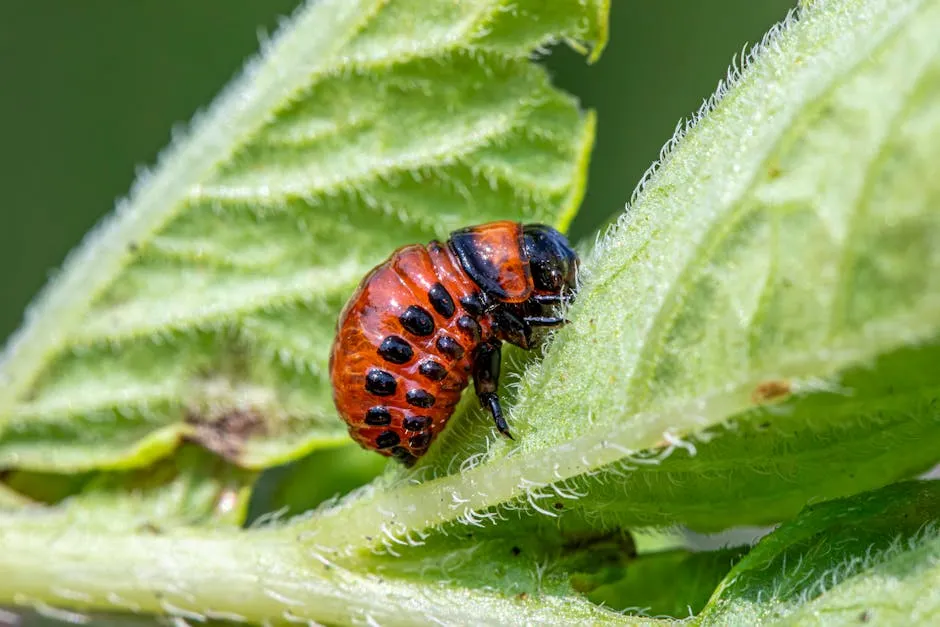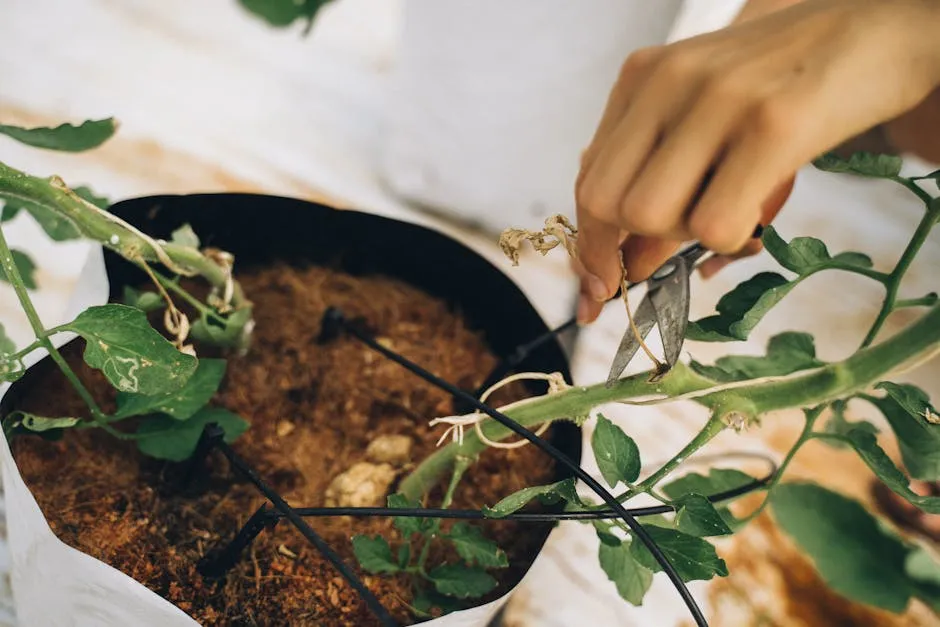

Genipapo Plant for Sale Near Me: Your Comprehensive Guide
Introduction
Are you fascinated by exotic plants? The Genipapo plant, known for its unique fruit and lush foliage, might just be what you need. This guide aims to help you find Genipapo plants for sale nearby. You’ll also learn how to care for them, ensuring they thrive in your garden.
Finding the right plants is crucial for any gardener. Genipapo plants for sale can enhance your garden’s diversity.
Summary and Overview
The Genipapo, scientifically named Genipa americana, hails from the tropical regions of South America, particularly in the Amazon rainforest. This plant is a true eye-catcher, boasting dark green leaves and brown, apple-sized fruit. The fruit has a delightful, acidic taste that becomes sweet when fully ripe.
Culturally, the Genipapo holds significance in many indigenous traditions. Its juice is used medicinally and even as a dye, showcasing its versatility. Whether you’re a gardening enthusiast or a curious beginner, understanding where to find this plant and how to care for it is essential. This article will guide you in both areas, making your Genipapo journey enjoyable and fruitful.

Where to Buy Genipapo Plants
Online Retailers
Looking to buy Genipapo plants online? You’re in luck! Several reputable platforms offer these plants and seeds.
- Seed Vendor: They sell Genipa americana seeds for around $12.00 for 25 seeds. Plus, they offer free shipping worldwide, making it a convenient choice.
- Tree World Wholesale: This site features the Genipa clusiifolia (often called the Seven Year Apple) for a mere $1.00. It’s a great option if you want to diversify your collection without breaking the bank.
- Etsy: Here, various sellers offer Genipapo seeds at different prices. Remember to check reviews to ensure you’re purchasing quality seeds.
- Seeds Collector: They provide Genipa americana seeds for approximately $7.00 for 15 seeds. This site emphasizes proper seed storage and growing instructions, which is helpful for beginners.
Online plant sales have soared in recent years, making it easier for you to find what you need from the comfort of your home. However, before making a purchase, consider these tips:
- Check Reviews: Customer feedback can reveal a lot about the seller’s reliability.
- Return Policies: Understand the return options in case the plants don’t meet your expectations.
- Shipping Costs: Factor in shipping fees when comparing prices.
By taking the time to compare options, you can find the best deal and ensure a smooth buying experience. Happy shopping for your Genipapo!

While you’re at it, why not equip yourself with some essential gardening tools? A good pair of pruning shears can make all the difference when it comes to keeping your plants healthy and well-groomed. Plus, they’re just so satisfying to use!
Local Nurseries and Garden Centers
Buying a Genipapo plant locally has numerous advantages. First, you’ll get to inspect the plants in person. This ensures you choose a healthy specimen that fits your garden perfectly.
To find local nurseries, try using search terms like plant nurseries near me or “local garden centers.” Online directories also list nearby options, making it easy to locate a store.

Finding local nurseries can enhance your gardening experience. Check out this guide on plant nurseries near me for the best options.
When selecting a Genipapo plant, look for vibrant leaves. Healthy plants have deep green foliage without yellowing or browning. Additionally, strong stems indicate good care. Inspect for pests or diseases, as clear signs will help you avoid unhealthy plants.
Supporting local businesses has significant benefits too. According to studies, for every $100 spent at a local business, about $68 stays in the community. This boosts your local economy and fosters a sense of community.
Local nurseries often provide valuable expertise on plant care. Their staff can share insights about growing conditions and common challenges. By visiting these centers, you can learn firsthand how to nurture your Genipapo effectively.
So why not take a trip to a nearby nursery? Seeing the plants in person can be an enjoyable experience. Plus, you’re likely to find helpful advice and support along the way. Happy plant shopping!

Temperature and Humidity
To grow a healthy Genipapo plant, you need to consider temperature and humidity. This tropical beauty thrives in a warm environment. The ideal temperature range is between 70°F and 85°F. If temperatures drop too low, your plant may struggle to grow.
Humidity plays a crucial role in the health of your Genipapo. In tropical environments, humidity levels often hover between 60% to 80%. To mimic these conditions at home, consider using a humidifier. Misting the leaves regularly is another effective method. This not only keeps the plant hydrated but also wards off common issues related to dryness.
If your home is dry, especially in winter, you might see signs of stress in your plant. Browning leaf tips or wilting can indicate it needs more moisture. By maintaining the right humidity levels, you encourage lush growth and vibrant foliage.

Common Pests and Diseases
Genipapo plants, like many tropical species, can face a few common pests and diseases. Aphids and spider mites are frequent visitors, often hiding on the undersides of leaves. These pests can drain your plant’s vitality. Regular inspections are key. If you notice any, act quickly to manage the situation.
Root rot is another concern, often caused by overwatering. It’s essential to provide well-draining soil and avoid letting the roots sit in water. Leaf spot, a fungal disease, can also affect your plant. If you see dark spots on the leaves, remove affected areas promptly.
For pest management, consider using insecticidal soap or neem oil. These natural remedies can be effective without harming beneficial insects. Always check the plant regularly to catch any issues early. Early detection can save your plant and ensure it remains healthy and vibrant.

Pest management is crucial for plant health. Consider using neem oil as a natural solution.
Pruning and Harvesting
To keep your Genipapo plant healthy, proper pruning and harvesting are essential. Let’s break this down into simple steps.
When and How to Prune
Prune your Genipapo during the growing season, typically in spring. Start by removing any dead or damaged branches. This encourages new growth and improves airflow. Aim for a balanced shape by cutting back overly long stems. Use clean, sharp tools to prevent any injury to the plant.
Signs of Ripe Fruit and Harvesting Techniques
Knowing when to harvest is crucial. The Genipapo fruit turns dark brown or black when ripe. Gently squeeze the fruit; it should feel slightly soft. This indicates it’s ready for picking. Use scissors or pruning shears to cut the fruit from the stem, avoiding damage to the plant.
Benefits of Pruning
Pruning can significantly enhance the overall health of your Genipapo. According to studies, regular pruning can improve fruit yield by up to 30%. It helps in reducing disease risk, allowing better light penetration and airflow. So, not only does pruning keep your plant looking tidy, but it also boosts productivity.
By practicing proper pruning and harvesting techniques, you ensure your Genipapo thrives and produces delicious fruit. Happy gardening!

Conclusion
In this guide, we’ve covered everything you need to know about the Genipapo plant. From its unique tropical features to its rich cultural significance, the Genipapo is truly a gem. Whether you’re drawn to its striking appearance or its delicious fruit, caring for this plant can be a rewarding experience. Remember, purchasing from local nurseries allows you to inspect the plant’s health firsthand, while online options offer convenience. So, why not take the plunge? Explore both local and online resources to find the perfect Genipapo for your garden!

As you embark on your gardening journey, consider investing in a pair of gardening gloves. They’ll protect your hands from dirt and scratches while you dig in the soil, making gardening a much more pleasant affair.
FAQs
What does Genipapo fruit taste like?
The Genipapo fruit offers a unique flavor experience. When ripe, it transforms from an acidic bite to a delightfully sweet taste. Many describe it as reminiscent of dried apples, making it a refreshing choice for various dishes. You can enjoy it raw or incorporate it into desserts, smoothies, or even jams.
Is Genipapo hard to grow?
Not at all! The Genipapo plant is quite forgiving, making it suitable for beginners. It thrives in warm, humid conditions, which are easy to replicate indoors. With proper care—like ensuring adequate light and moisture—you’ll find growing this plant to be a straightforward and enjoyable process.
Can I use Genipapo fruit for dyeing?
Absolutely! The juice of the Genipapo fruit possesses excellent dyeing properties. Its rich, dark color can stain fabrics beautifully, making it a natural choice for textile projects. Historically, indigenous cultures have utilized this juice for both medicinal purposes and as a dye, adding cultural significance to this multifaceted plant.
How tall does a Genipapo plant grow?
The Genipapo plant can reach impressive heights, often growing up to 30 feet tall. However, if you’re growing it in a container or a smaller garden, you can manage its size through regular pruning. Providing adequate space and the right conditions will help your plant thrive and reach its full potential.
Where can I find Genipapo seeds?
You can find Genipapo seeds through various online retailers and local nurseries. Websites like Seed Vendor and Etsy offer a range of options. Additionally, visiting local garden centers can provide you with fresh seeds and knowledgeable advice. Be sure to check earlier sections of this guide for more detailed options on sourcing seeds for your gardening adventure.
Please let us know what you think about our content by leaving a comment down below!
Thank you for reading till here 🙂 If you’re planning to relax after gardening, consider a camping hammock for some well-deserved relaxation time!
All images from Pexels



